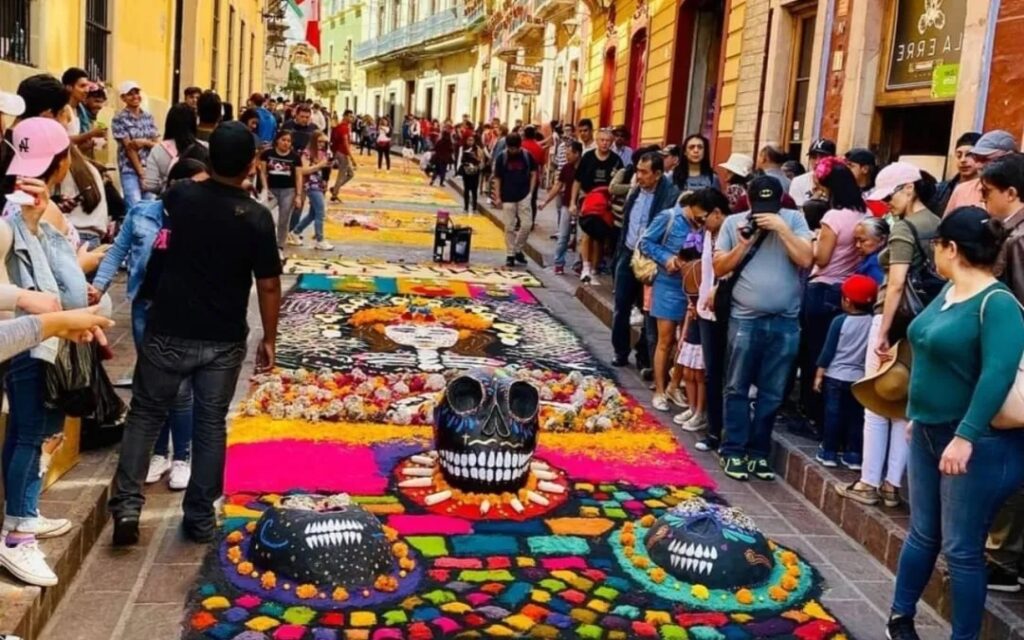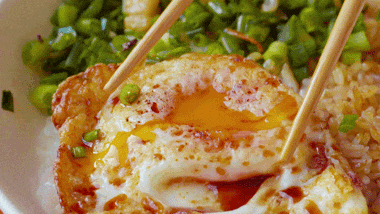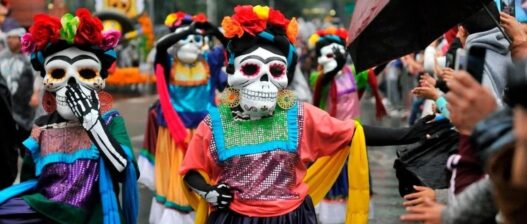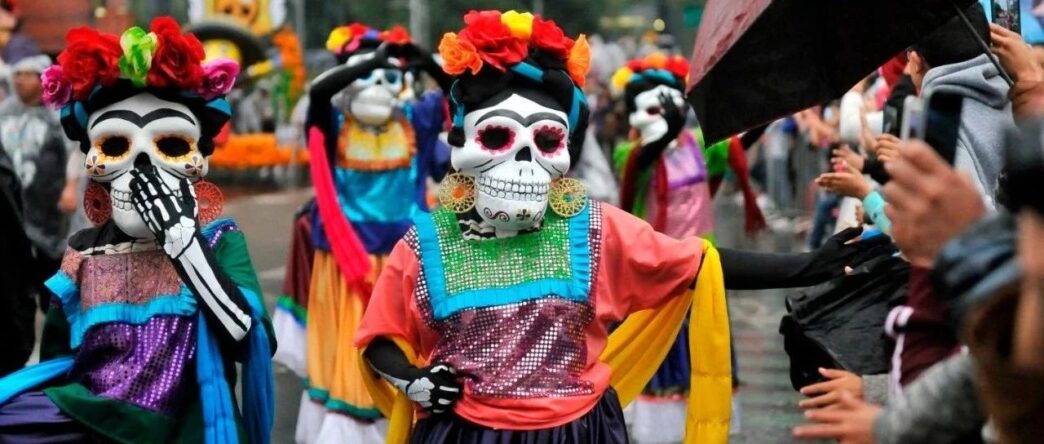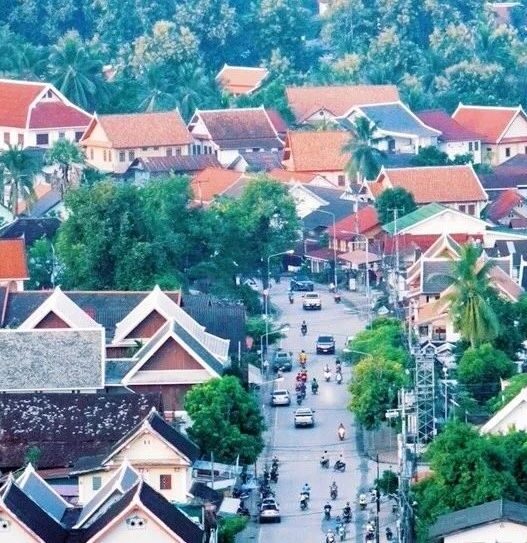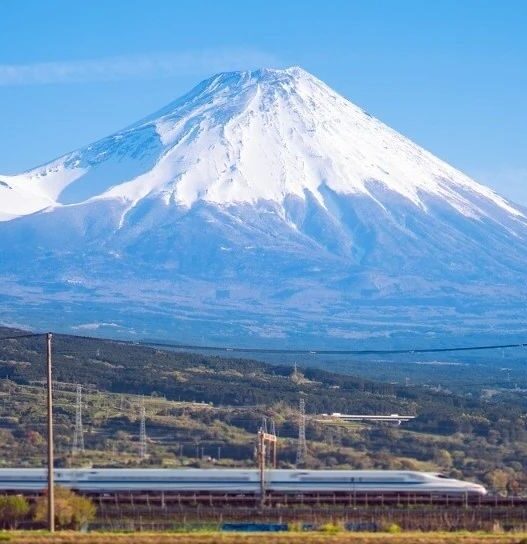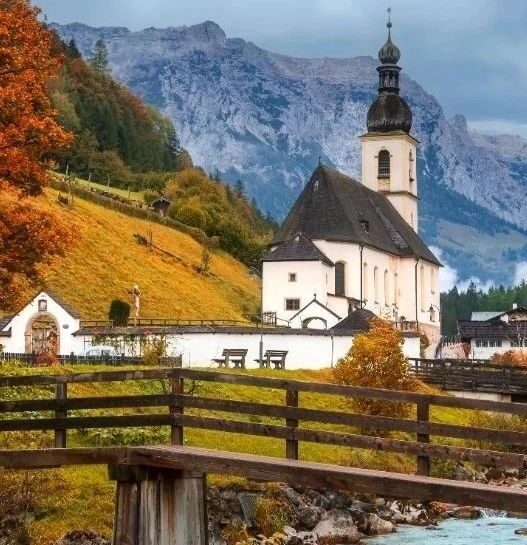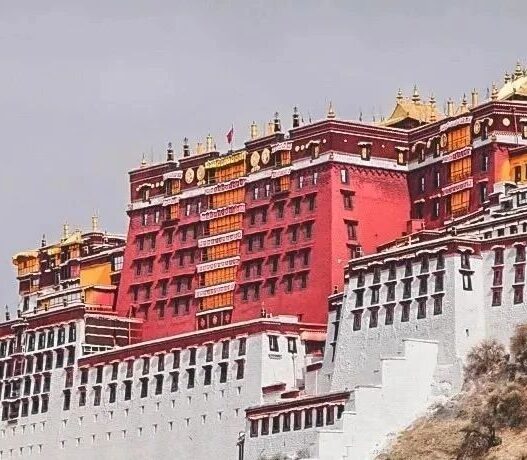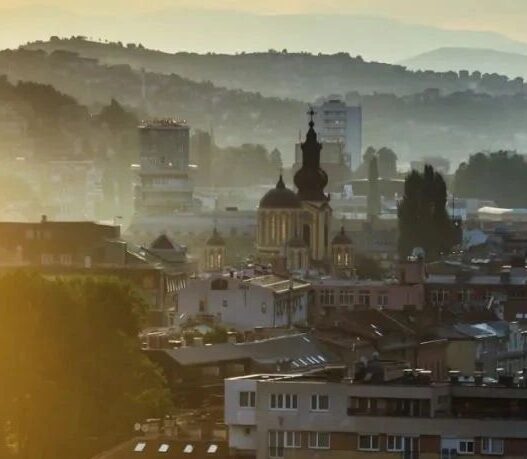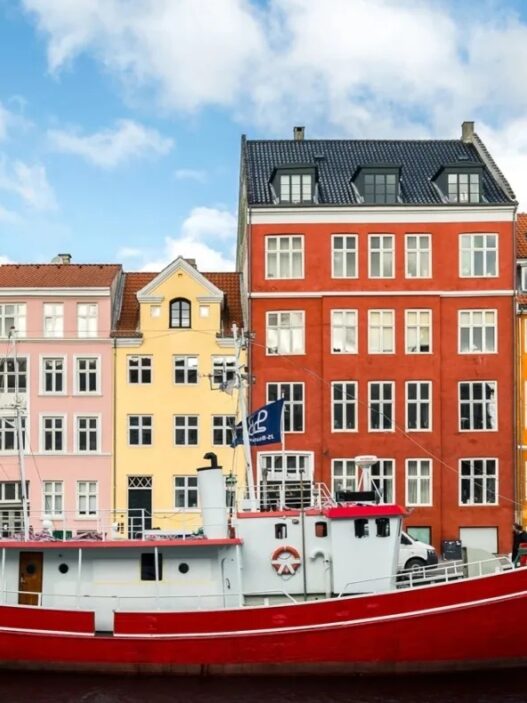With Halloween approaching, Mexico’s Day of the Dead (Día de los Muertos) is not far behind—but it’s nothing like its Western counterpart.
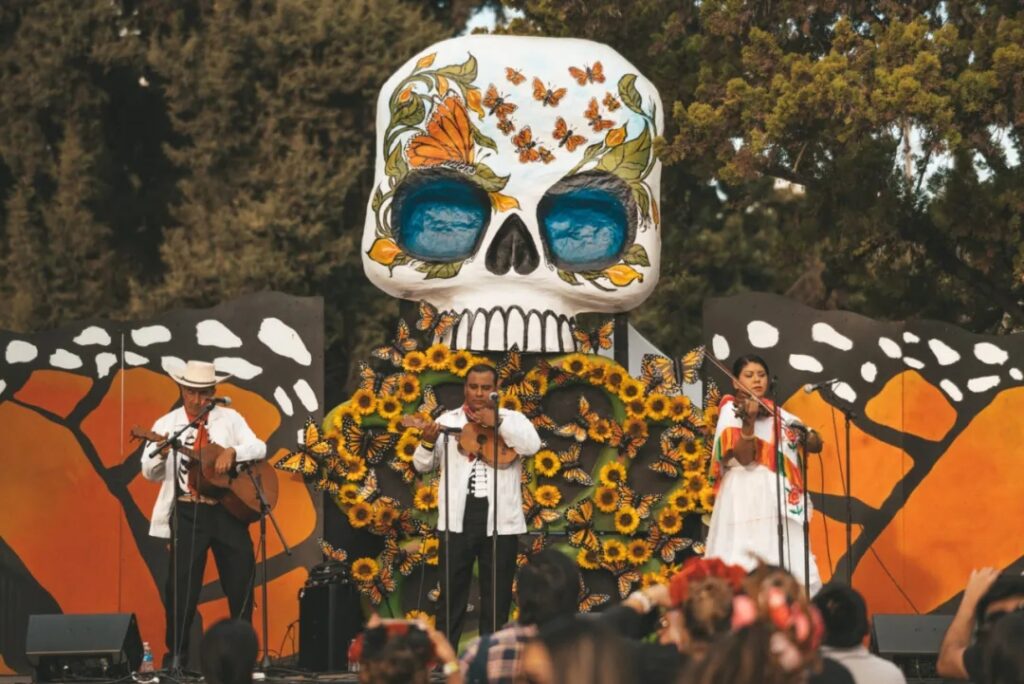
This isn’t about spooky scares; it’s a vibrant celebration of memory. It’s a ritual that honors loved ones who have passed. In the Day of the Dead, death is not about absence but presence; death is a symbol of life. Celebrated from November 1st to 2nd, it’s recognized by UNESCO as an Intangible Cultural Heritage of Humanity.
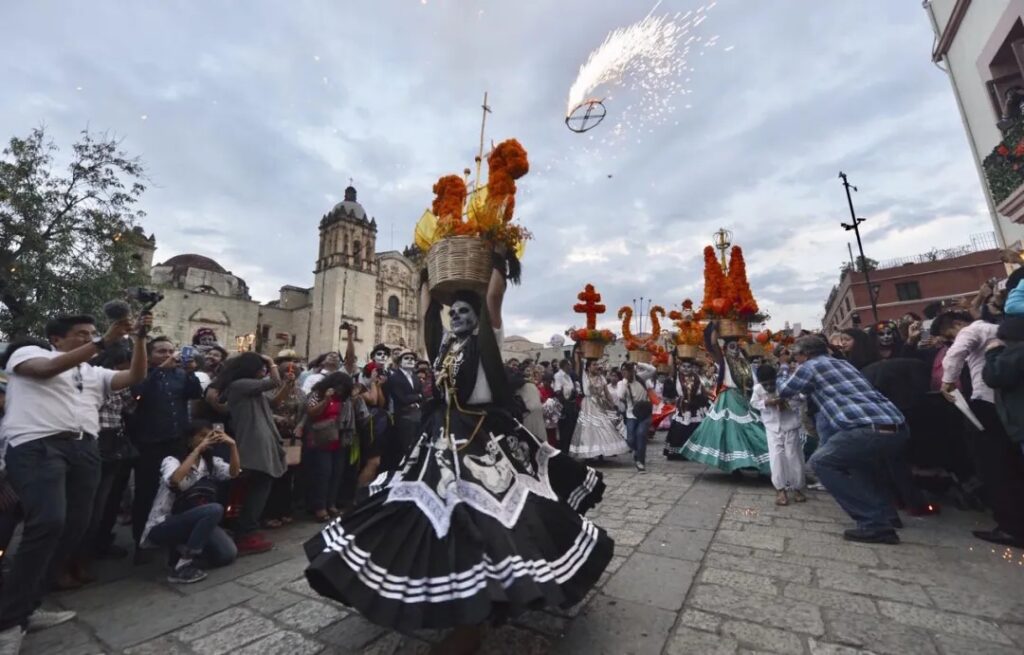
While the celebrations vary by region, the essence is the same: families gather to welcome the souls of loved ones back home. Though Mexico City hosts large celebrations, Oaxaca, with its profound traditions, offers a particularly authentic and spiritual experience.

Oaxaca: A Cultural Tapestry
Oaxaca is like a vibrant patchwork of culture, blending the diversity of its eight regions, the charm of its 570 towns, and the wisdom of its 16 different ethnic groups. Here, the Day of the Dead is a stunning spectacle where indigenous culture and traditions come to life.
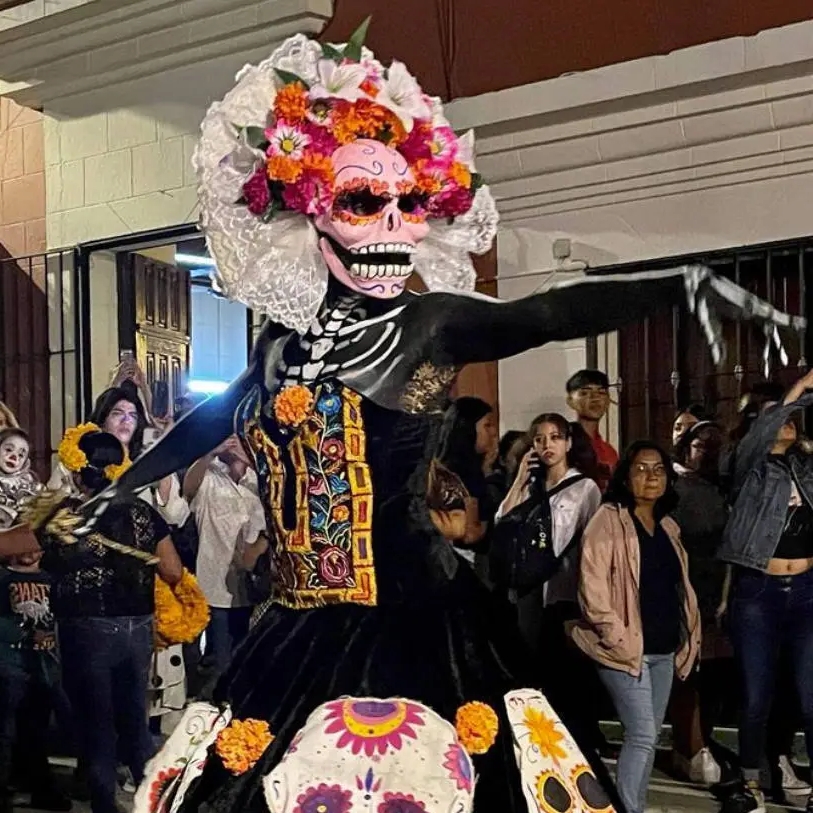
In the parades, participants dress as skeletons, showcasing family and community bonds. The ofrendas (altars) are a gathering point for honoring the dead, filled with the aromas of pan de muerto and tequila. The visits to the panteones (cemeteries) are both tranquil and vibrant. Golden petals of cempasúchil (marigolds) guide spirits home. And the Oaxacan cuisine, from tortillas to black mole, is a deep conversation with Mexico’s heritage.

Magna Comparsa: The Grand Parade
The Day of the Dead is known for comparsas (parades), which symbolize the return of the deceased. The largest in Oaxaca is the Magna Comparsa, which kicks off the week-long celebrations. Compasas begin from one household, growing as they move through the streets, as if joining the living with the dead.
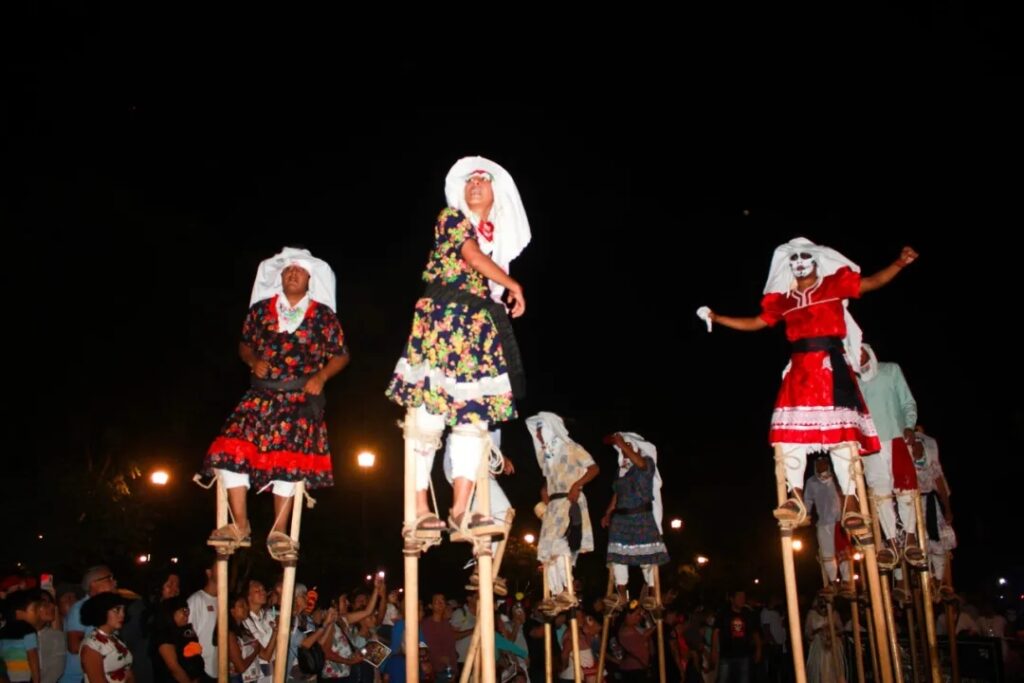
While exploring Oaxaca’s streets, listen for horns, drums, and cheers, and you’ll likely find a comparsa. The streets become stages where bands play, and dancers twirl in elaborate costumes. Just join in! The rhythms awaken the streets and blend the divide between locals and tourists.
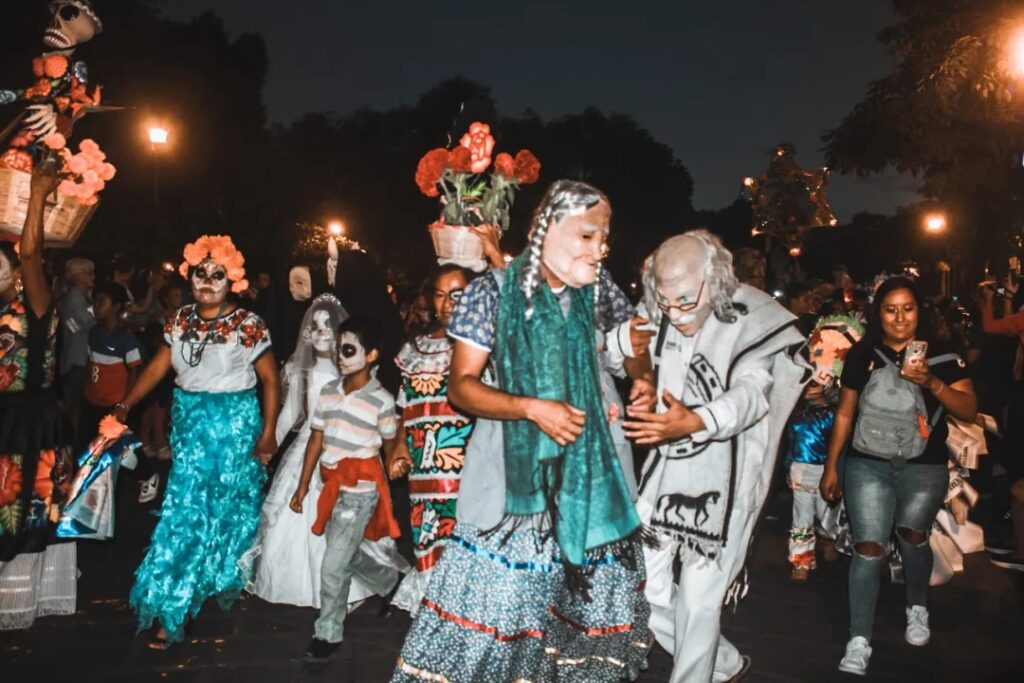
Mojigangas are traditional symbols of Oaxaca, these giant puppets are found at weddings and celebrations, mimicking newlyweds and dancing to music. During Day of the Dead, they take center stage, transforming streets into a work of art.
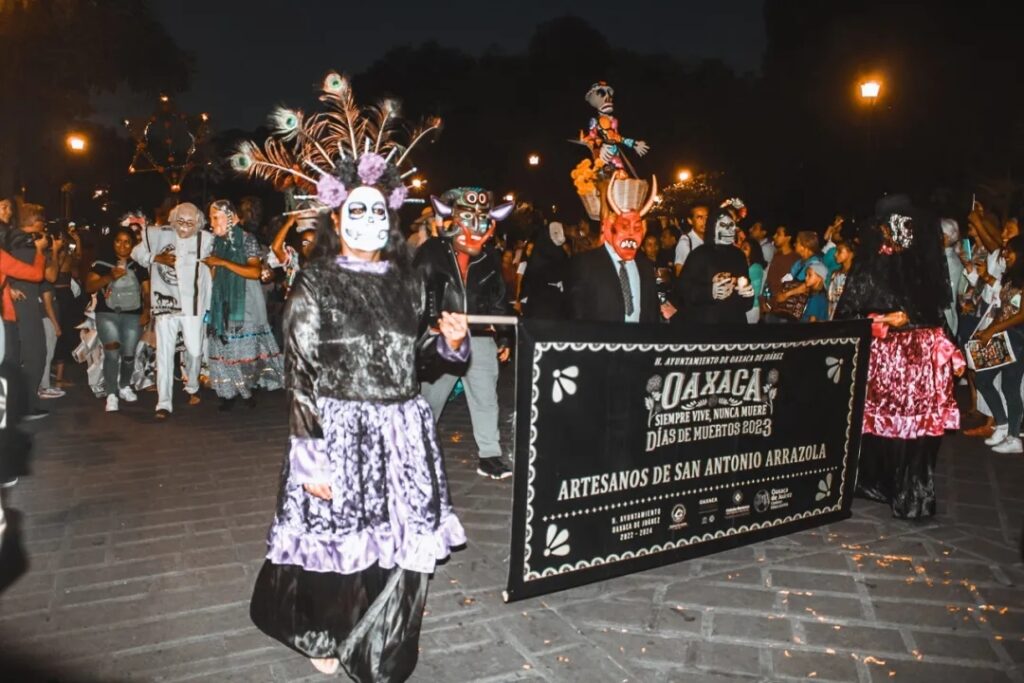
Day of the Dead Muerteada in the Etla Valley
In the Etla Valley, Day of the Dead is celebrated with muerteadas, which blend spooky and festive elements. It’s a way to honor the deceased with community participation and ritual.
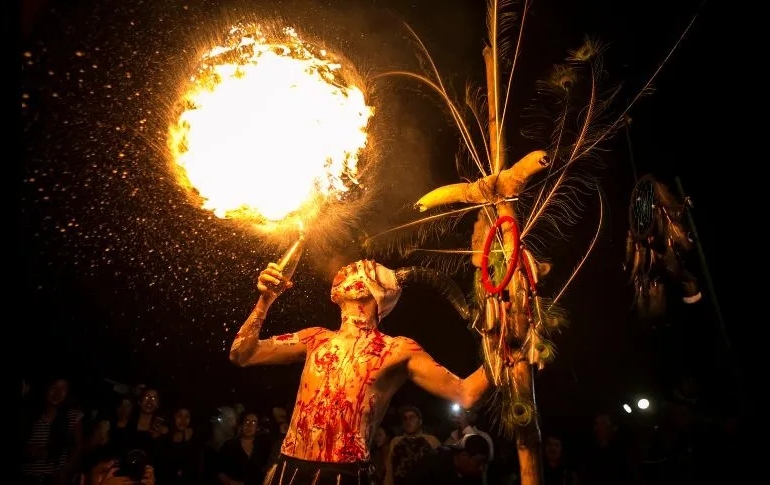
At night, men in unusual costumes, with mirrors and bells (to ward off evil and guide souls), and masks representing devils, the dead, and elders, wind through the streets to the sound of a brass band, calling ghosts to dance. The celebration lasts until dawn, a musical tribute to the departed.
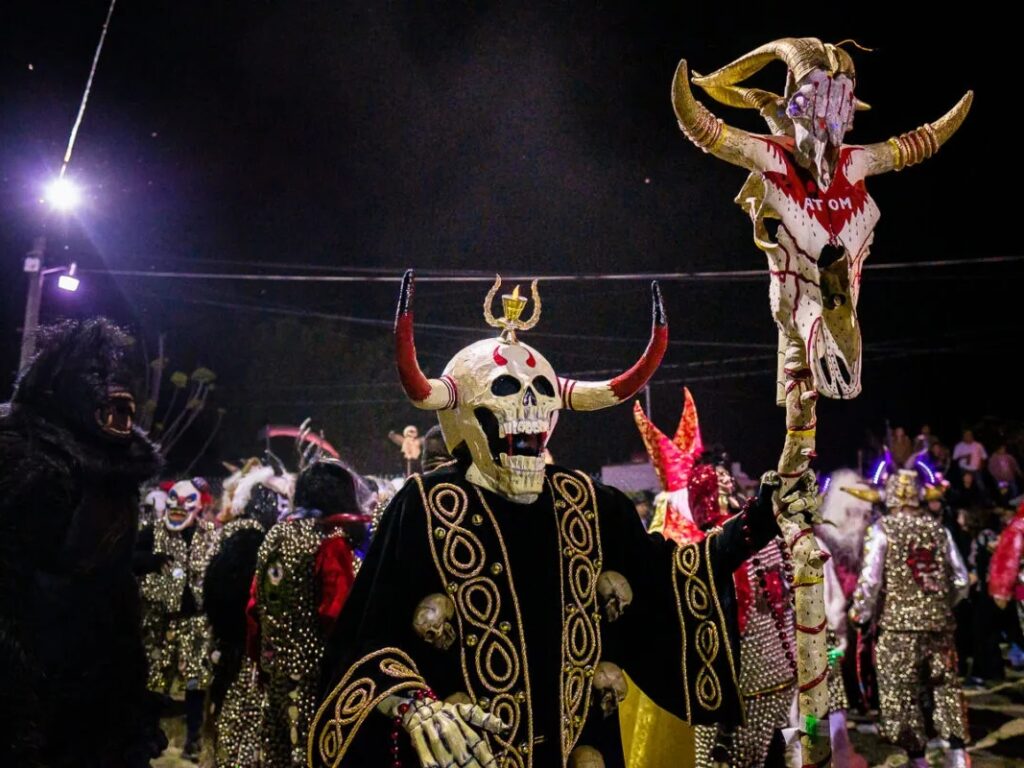
Before experiencing this tradition, you might join a mask-making workshop and create your own Day of the Dead mask.
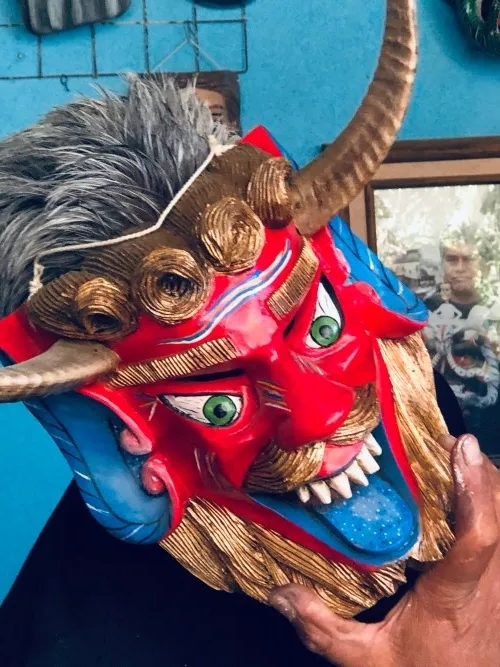
Mega Ofrenda at the Zócalo
Oaxaca’s Day of the Dead celebrations begin at the Zócalo (main square). In the center, the largest ofrenda is erected, laden with flowers, candles, and the favorite foods of the deceased. The square pulses with music, laughter and the aromas of food stalls. Huge, colorful alebrijes (mythical creatures) are on display, and sculptures of La Catrina (a cultural icon) stand tall, symbolizing the cycle of life and death.
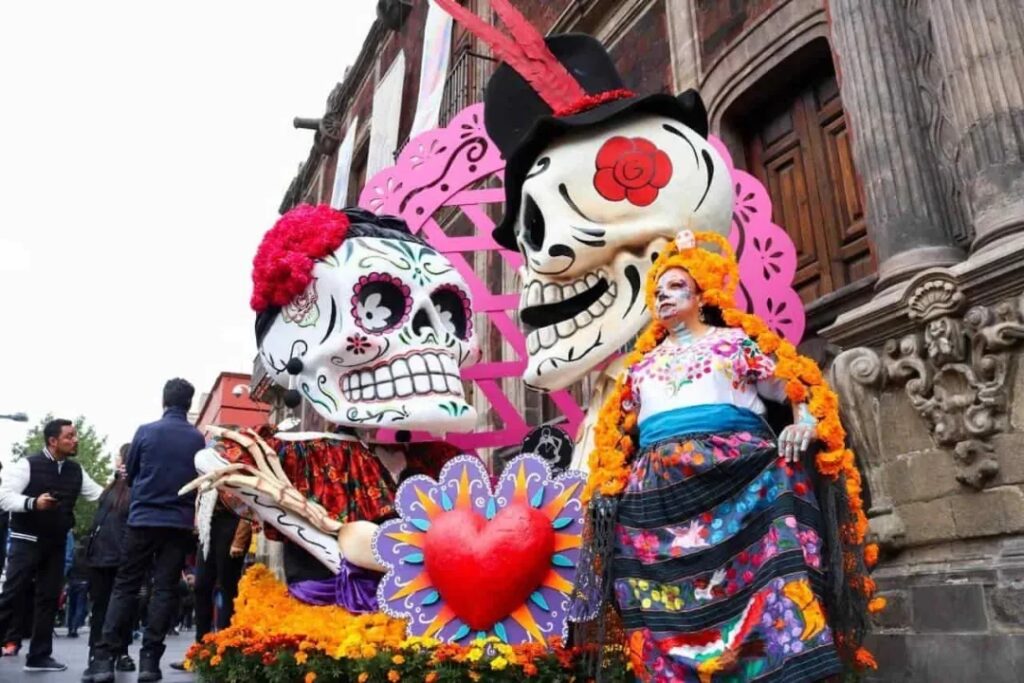
Jalatlaco Celebrations
In the bohemian Jalatlaco district, the Day of the Dead brings the neighborhood to life.
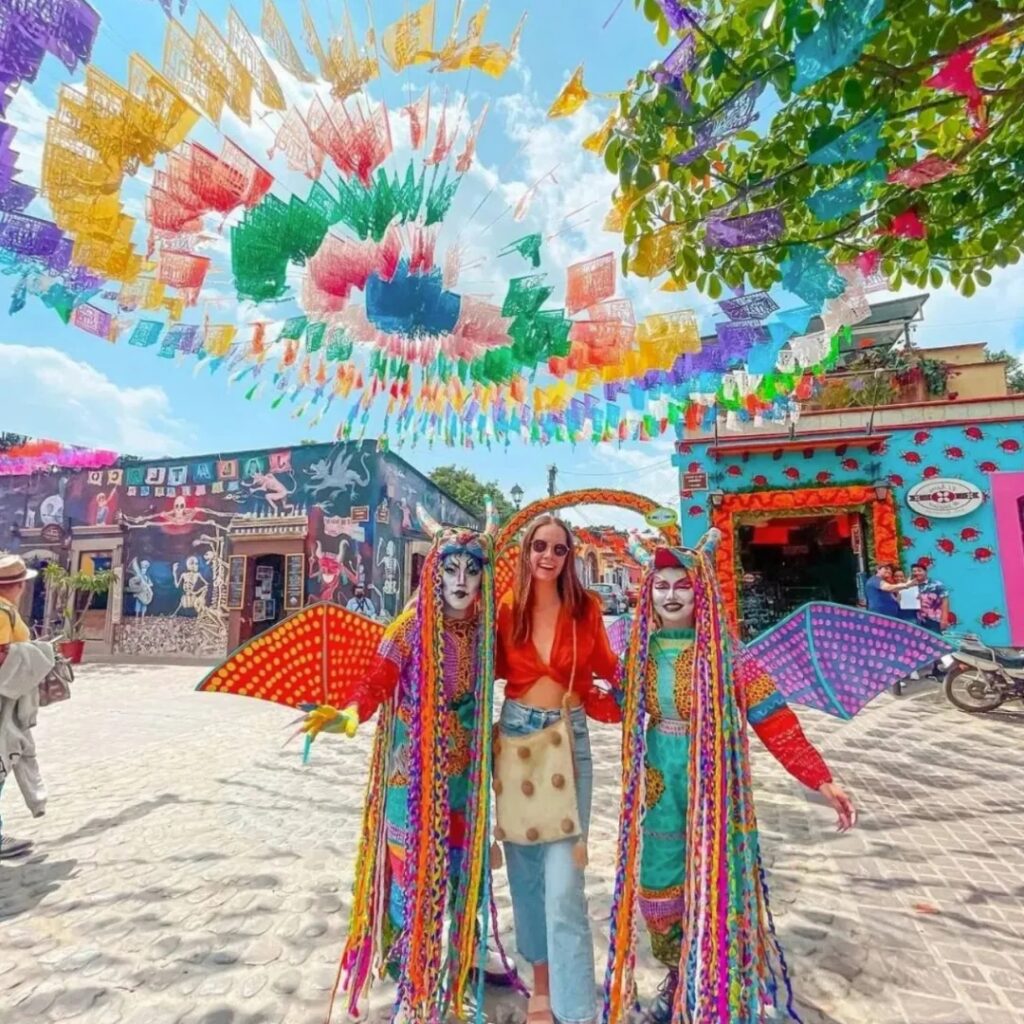
Colorful papel picados (paper banners) flutter in the air, murals adorn the streets, and comparsas fill the area with music and dance. At 9 PM, brass bands sound the start of the festivities, giant puppets move to the music, and “El Patrón,” with a bottle of mezcal, shares the joy with the crowd.
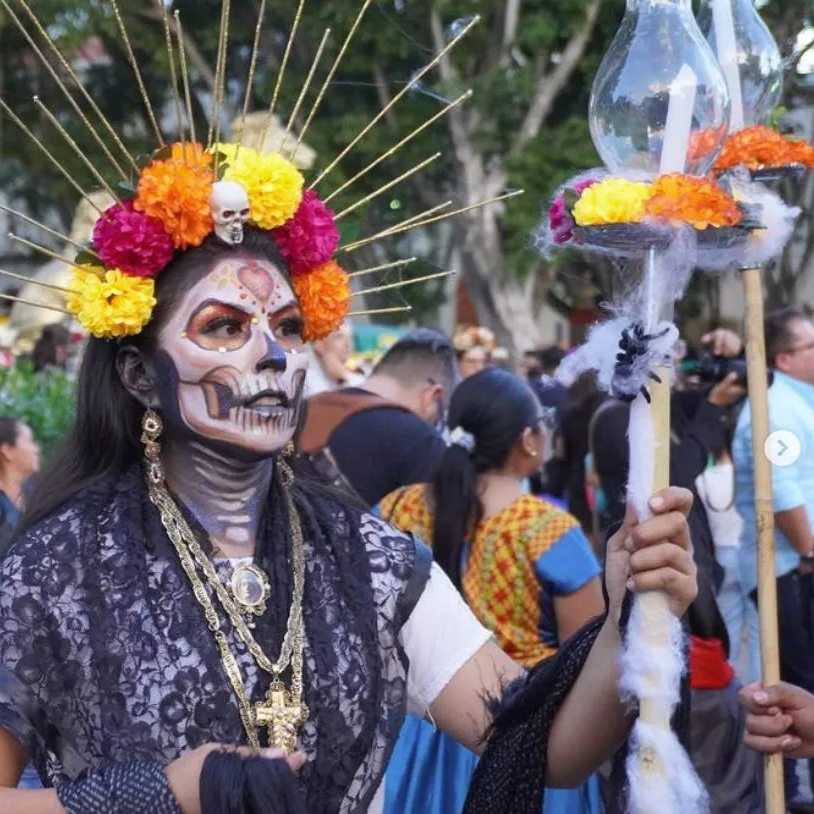
“El Patrón” (the Patron) leads the celebration with mezcal, igniting the festivities as he moves through the crowd. His presence is like a signal for the revelry. The celebration goes until 11 PM.
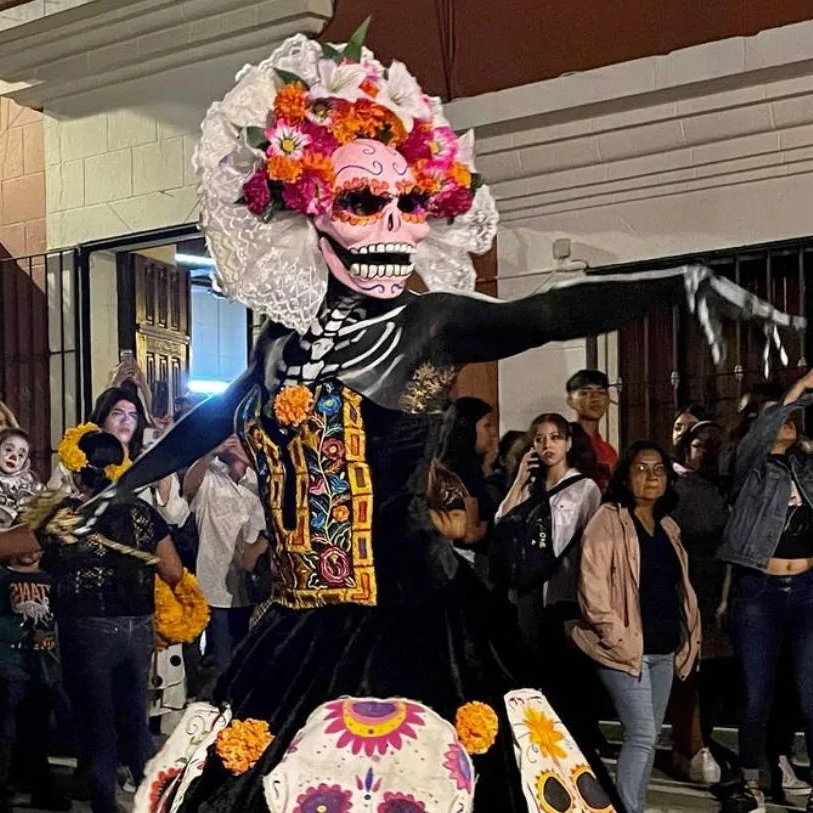
Fields of the Dead
Before the celebrations, visit the marigold fields just outside Oaxaca. These flowers bloom in October and November, representing the beauty and fragility of life.
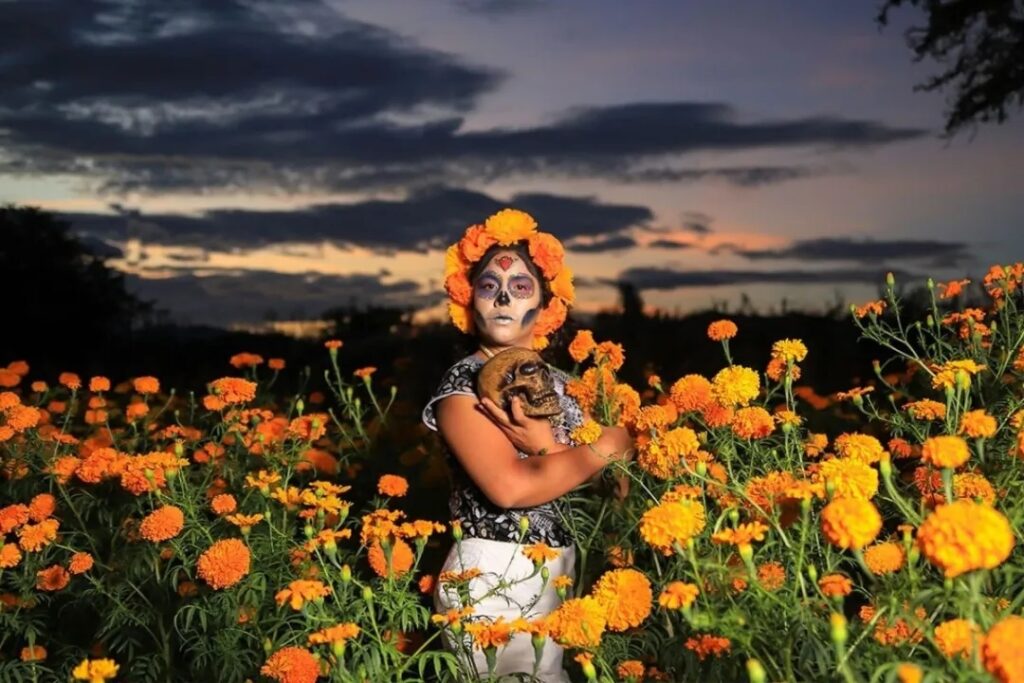
To experience this, visit the Cultivos del Viejo flower fields in Zimatlán del Alvarez. You’ll see rows of bright yellow marigolds, with locals and tourists in Muerto attire, celebrating life and memory.
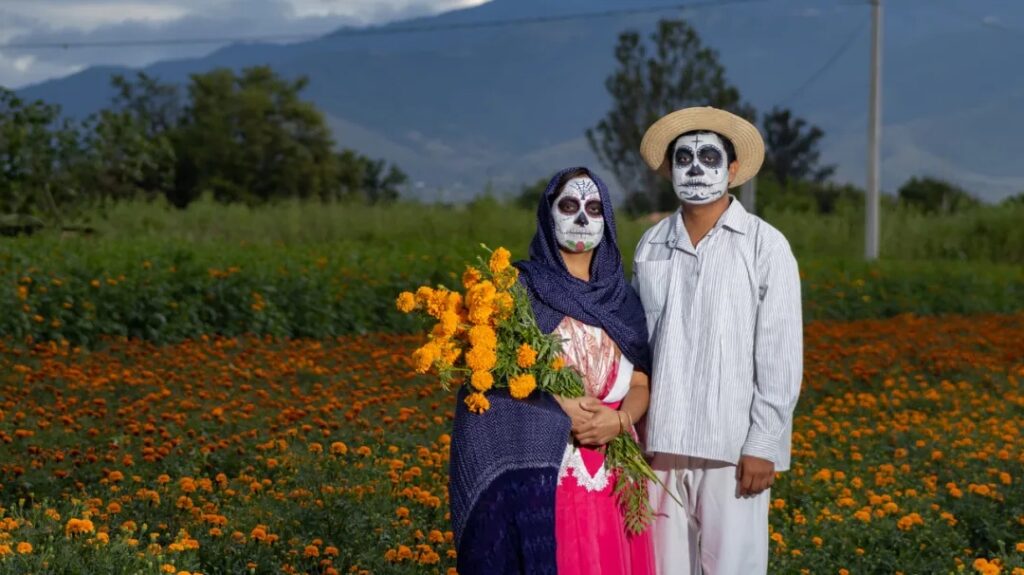
You can donate a small amount to walk through and take photos. These marigolds will be harvested on October 28th, so plan to visit before then. Besides marigolds, you might also see unique cresta de gallo (cockscomb) with its red velvety blooms.
Tapetes de Arena in Oaxaca City
At Plaza de la Danza in Oaxaca City, admire the intricate tapetes de arena (sand carpets). These colorful sand tapestries are like paintings made on earth. During the end of the Day of the Dead, judges will pick the most impressive tapetes.
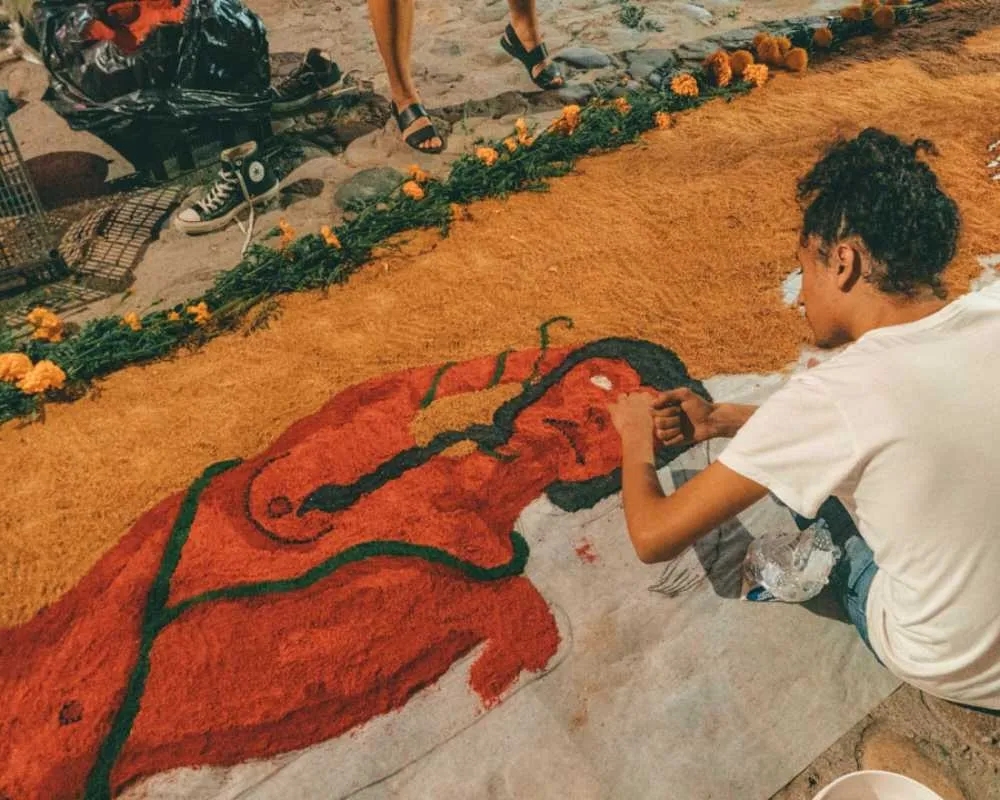
The Magna Comparsa parades are the soul of the celebration. Every sand tapestry is a song of life, bridging the world of the living and the dead.
